Optimal Timing for Knotweed Removal
Understanding the optimal timing for Knotweed Removals is essential for effective eradication. The growth cycle of knotweed influences the most suitable periods for treatment, ensuring better results and reducing the likelihood of regrowth.
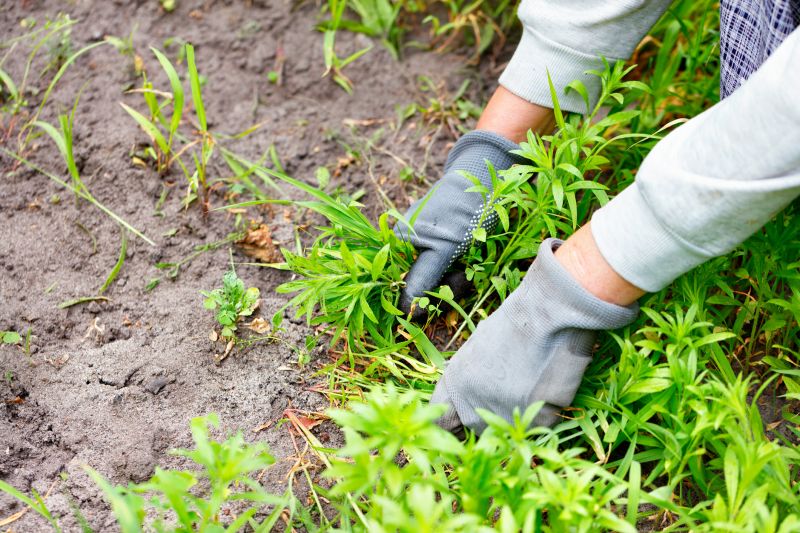
Knotweed begins to emerge in early spring, making it an ideal time for removal before it fully develops.
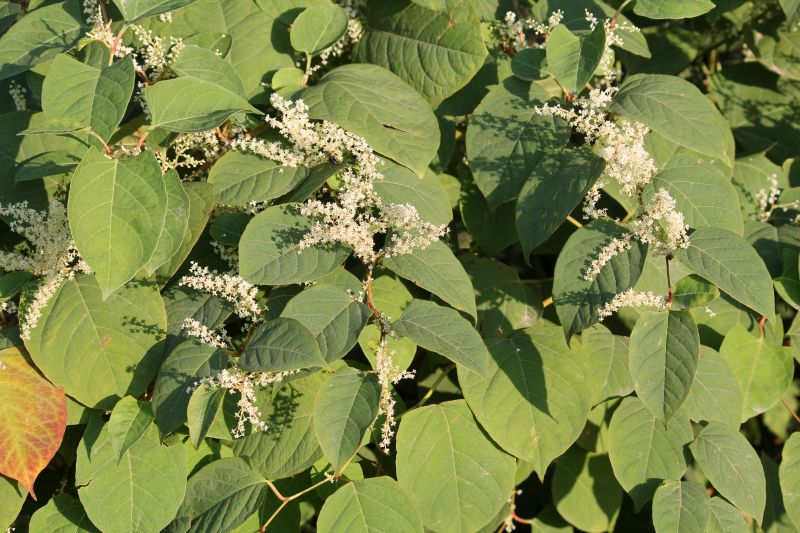
During summer, knotweed is at its peak growth, which can make removal more challenging but still manageable with proper timing.
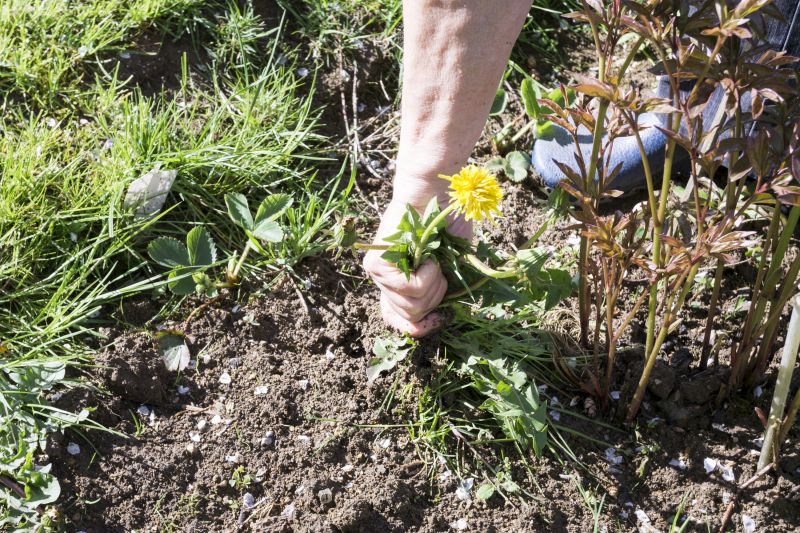
In autumn, knotweed enters dormancy, providing a window to target residual plants effectively.

Ways to make Knotweed Removals work in tight or awkward layouts.
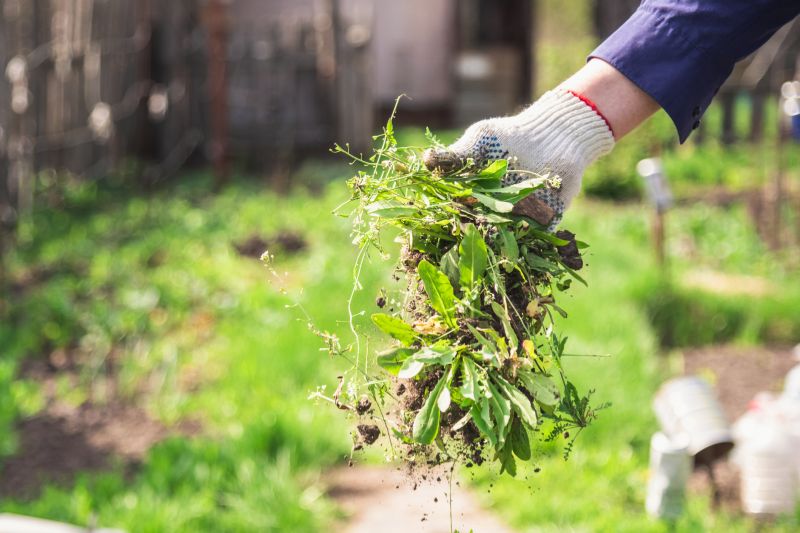
Popular materials for Knotweed Removals and why they hold up over time.
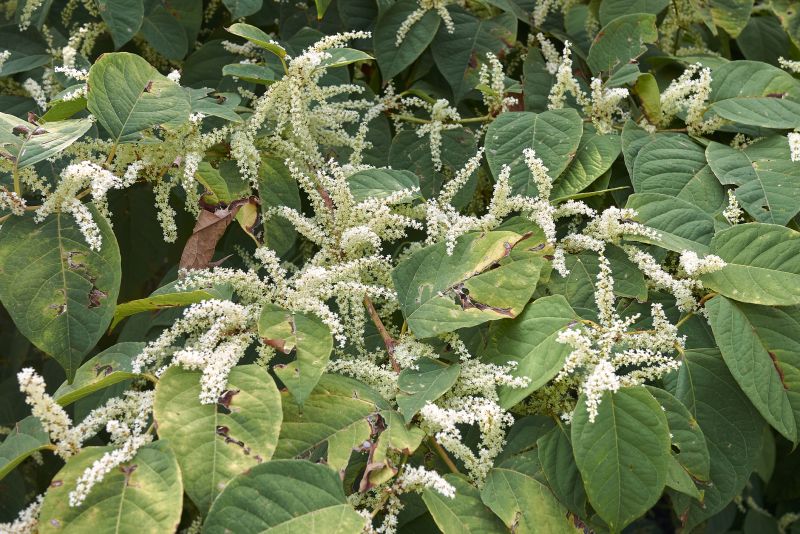
Simple add-ons that improve Knotweed Removals without blowing the budget.

High-end options that actually feel worth it for Knotweed Removals.
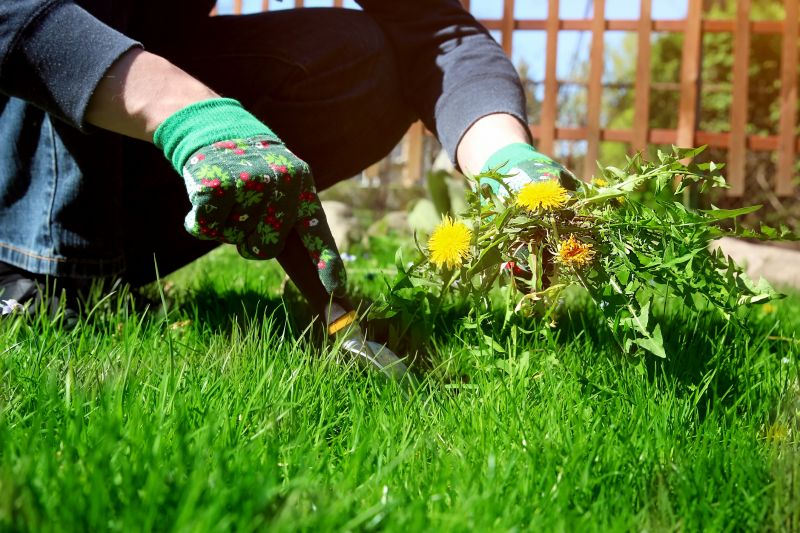
Finishes and colors that play nicely with Knotweed Removals.
Removing knotweed in spring can prevent it from establishing a strong root system, reducing future spread.
High growth rates in summer may require more intensive removal methods to ensure complete eradication.
Autumn removals can target plants as they prepare for dormancy, minimizing regrowth in the following season.
The best time depends on local climate, growth stage, and treatment method, but early spring and late autumn are generally preferred.
| Season | Best for | Considerations |
|---|---|---|
| Spring | Preventative removal | Target emerging shoots before full growth. |
| Summer | Peak growth management | Requires intensive treatment due to vigorous growth. |
| Autumn | Residual control | Focus on plants entering dormancy for effective removal. |
| Winter | Limited activity | Generally not recommended due to dormancy. |
Knotweed is a highly invasive plant known for its rapid growth and ability to damage structures, roads, and native ecosystems. Its extensive root system can extend several meters underground, making removal challenging. Timing treatments correctly can significantly improve success rates, prevent regrowth, and reduce long-term management costs. Studies indicate that early intervention during the plant's active growth phases can lead to more effective eradication outcomes.
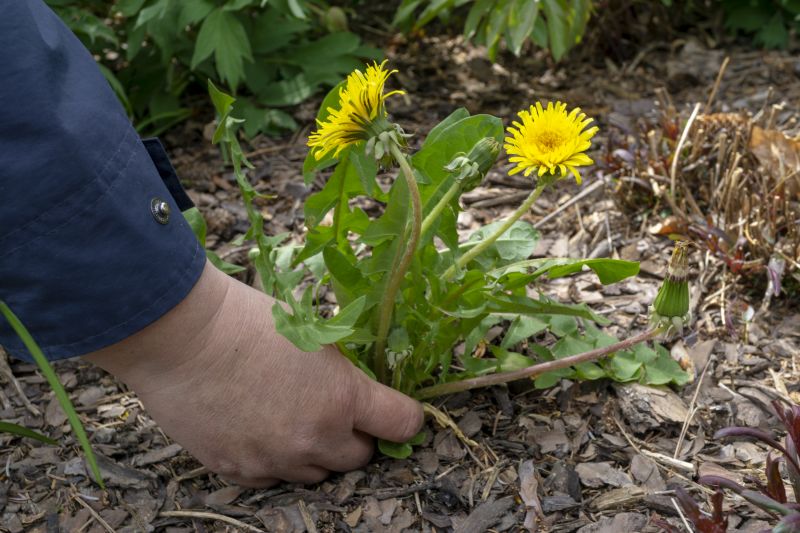
Young shoots emerging from the ground, ready for removal.
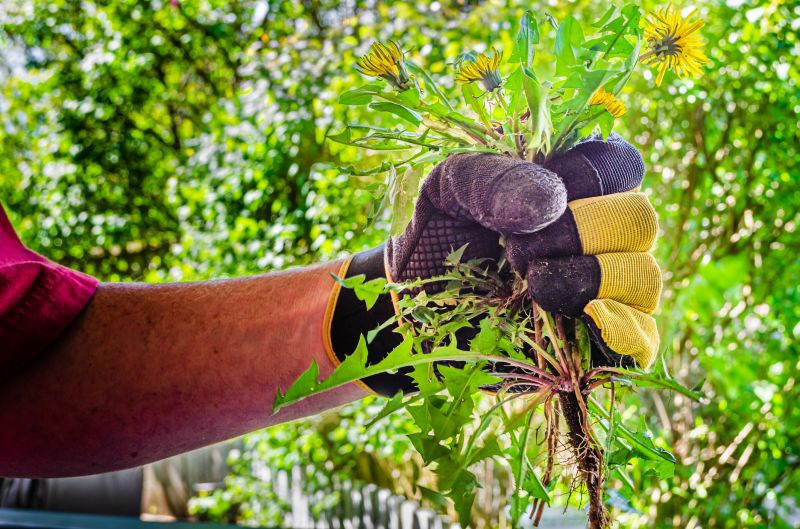
Lush, dense knotweed patches at peak height.
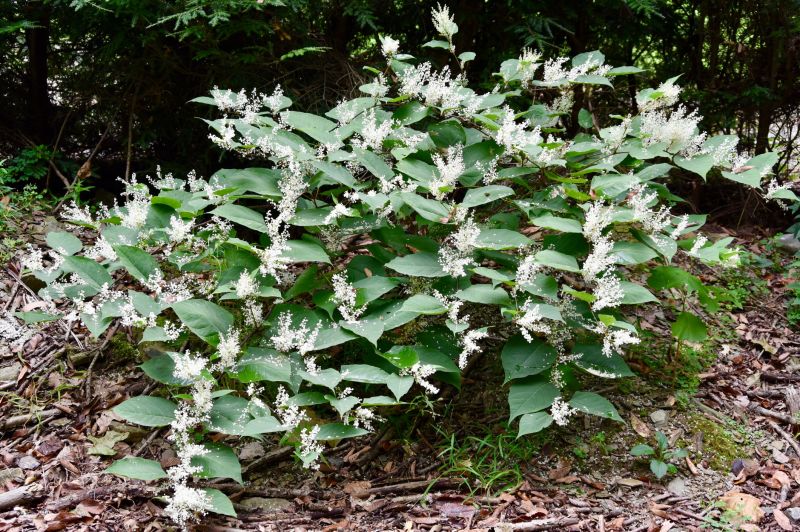
Knotweed plants preparing for dormancy, with visible seed heads.
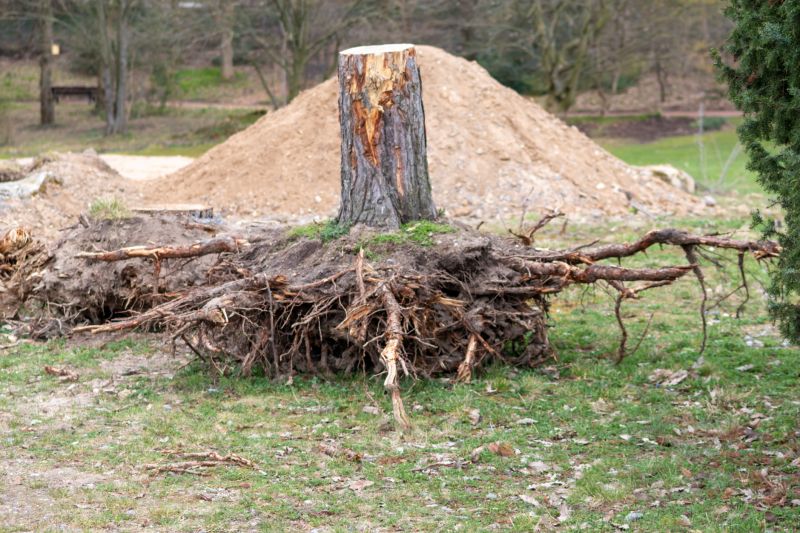
Extensive underground root network requiring thorough removal.
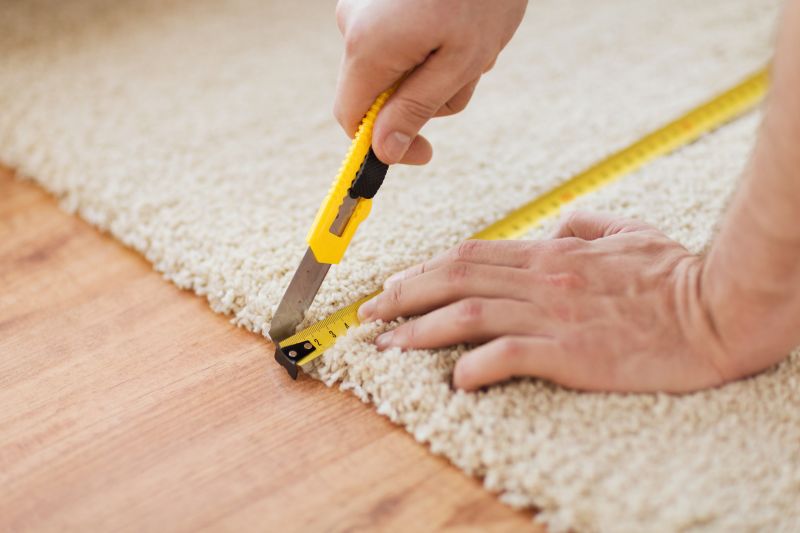
Little measurements that prevent headaches on Knotweed Removals day.
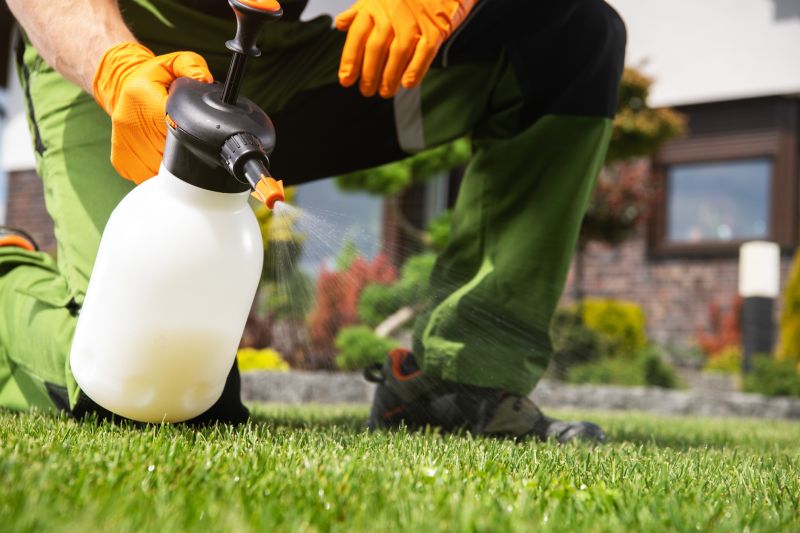
A 60-second routine that keeps Knotweed Removals looking new.
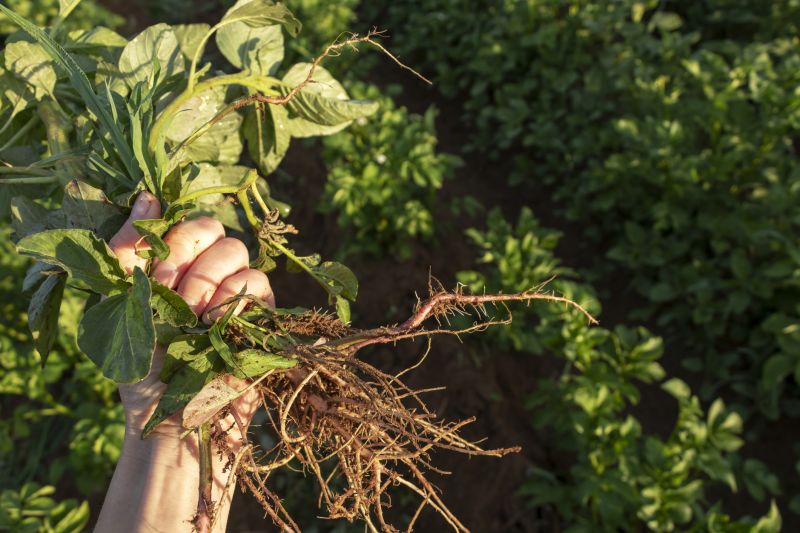
A frequent mistake in Knotweed Removals and how to dodge it.

Small tweaks to make Knotweed Removals safer and easier to use.
Effective knotweed removal involves understanding its growth cycle and applying treatment at the most advantageous times. Proper timing reduces the likelihood of regrowth and minimizes environmental impact. It is recommended to consult with professionals to determine the ideal window for treatment based on local climate and plant maturity. Early action in spring and late autumn typically yields the best results, ensuring a comprehensive approach to eradication.
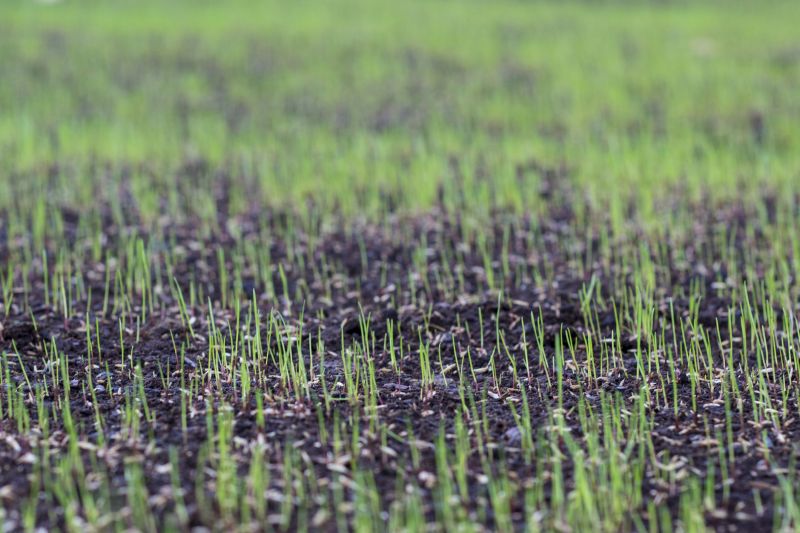
Small shoots breaking through the soil surface.
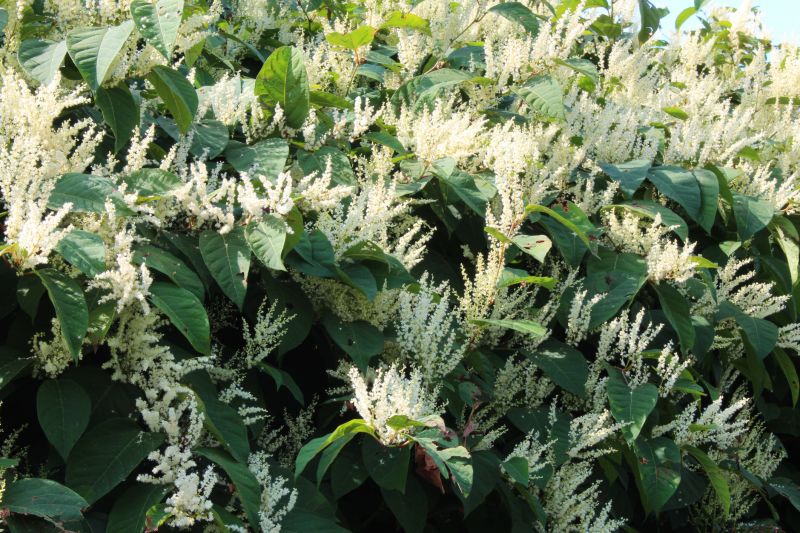
Thick, tall patches of knotweed at full height.
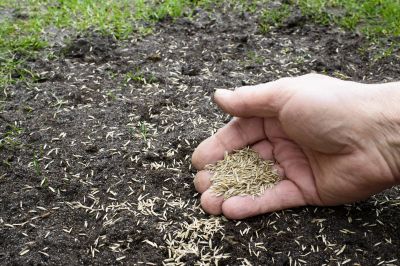
Plants producing seeds before dormancy.
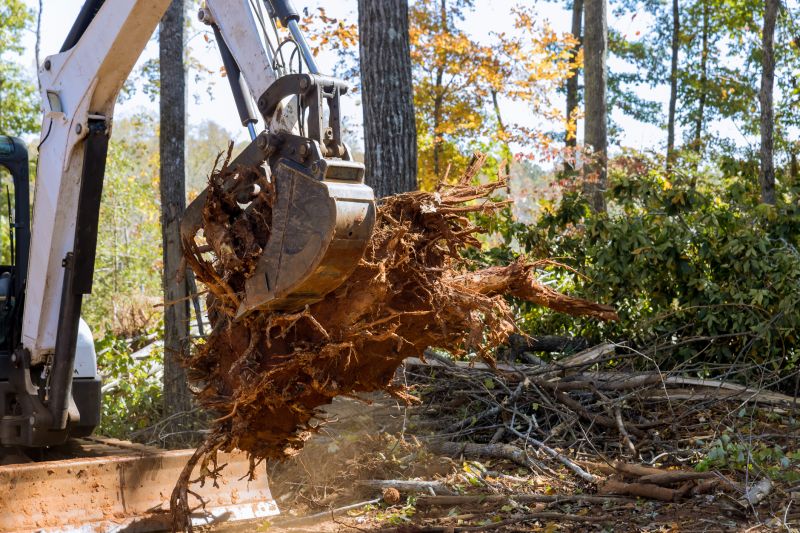
Tools used to remove underground root systems.
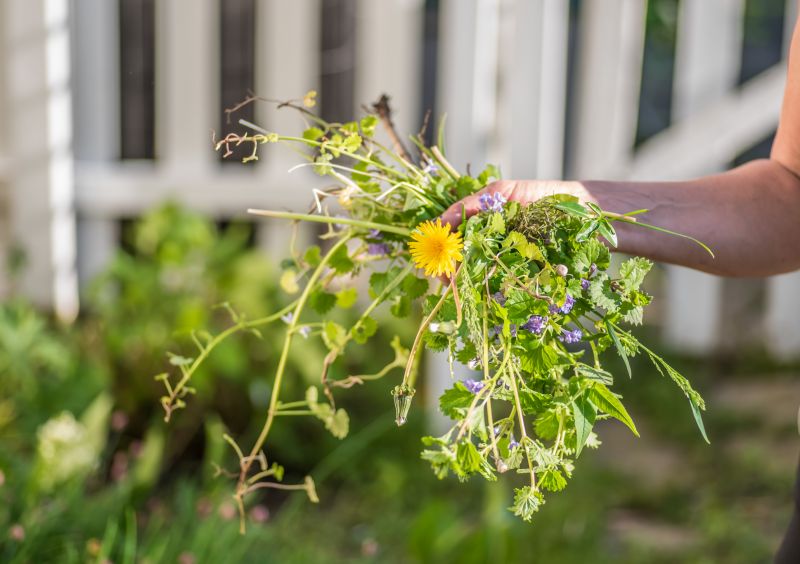
Lower-waste or water-saving choices for Knotweed Removals.
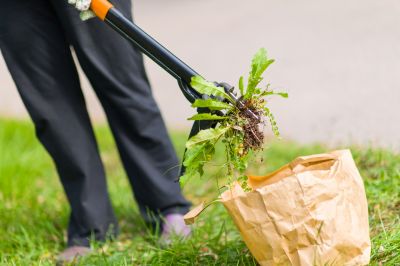
The short, realistic tool list for quality Knotweed Removals.
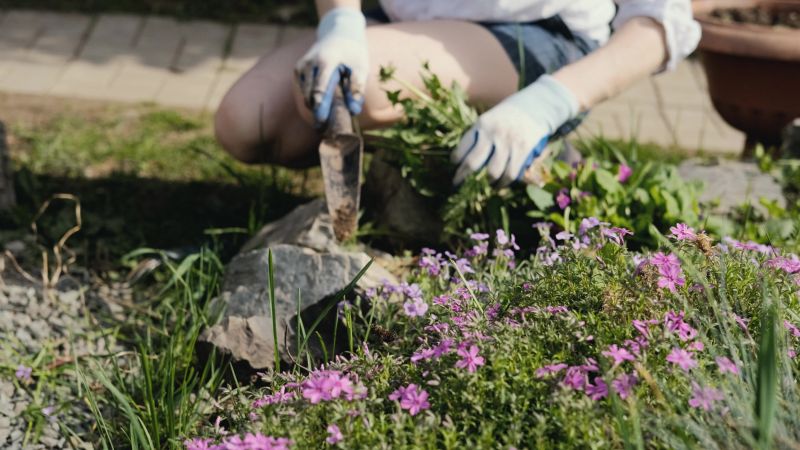
Rough timing from prep to clean-up for Knotweed Removals.
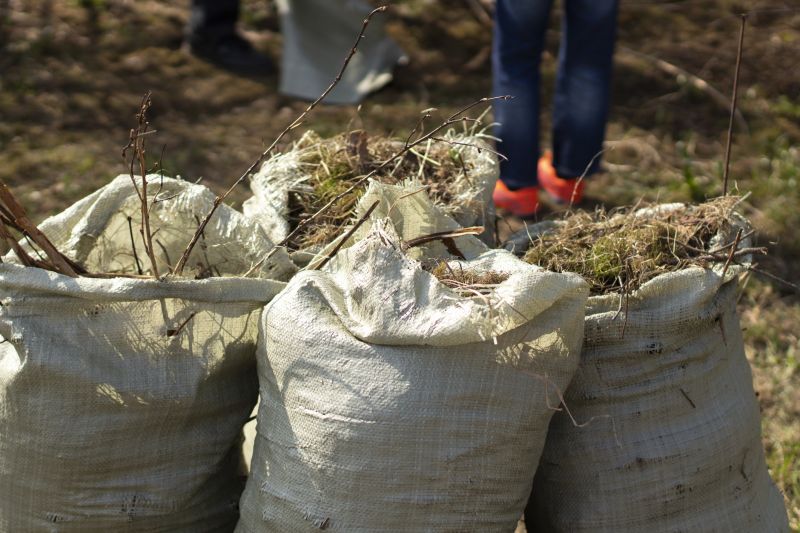
Quick checks and paperwork to keep after Knotweed Removals.
Interested in knotweed removal services? Filling out a contact form can provide access to professional assessments and tailored treatment plans. Proper timing and treatment methods are crucial for successful eradication, making expert guidance highly valuable for property owners and land managers.
